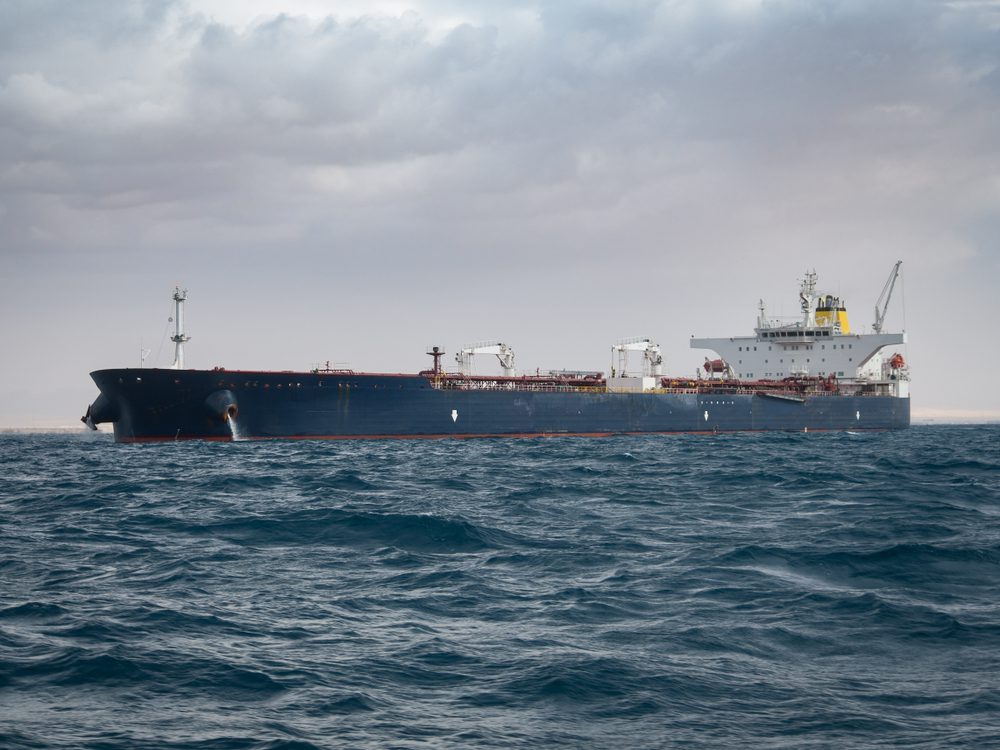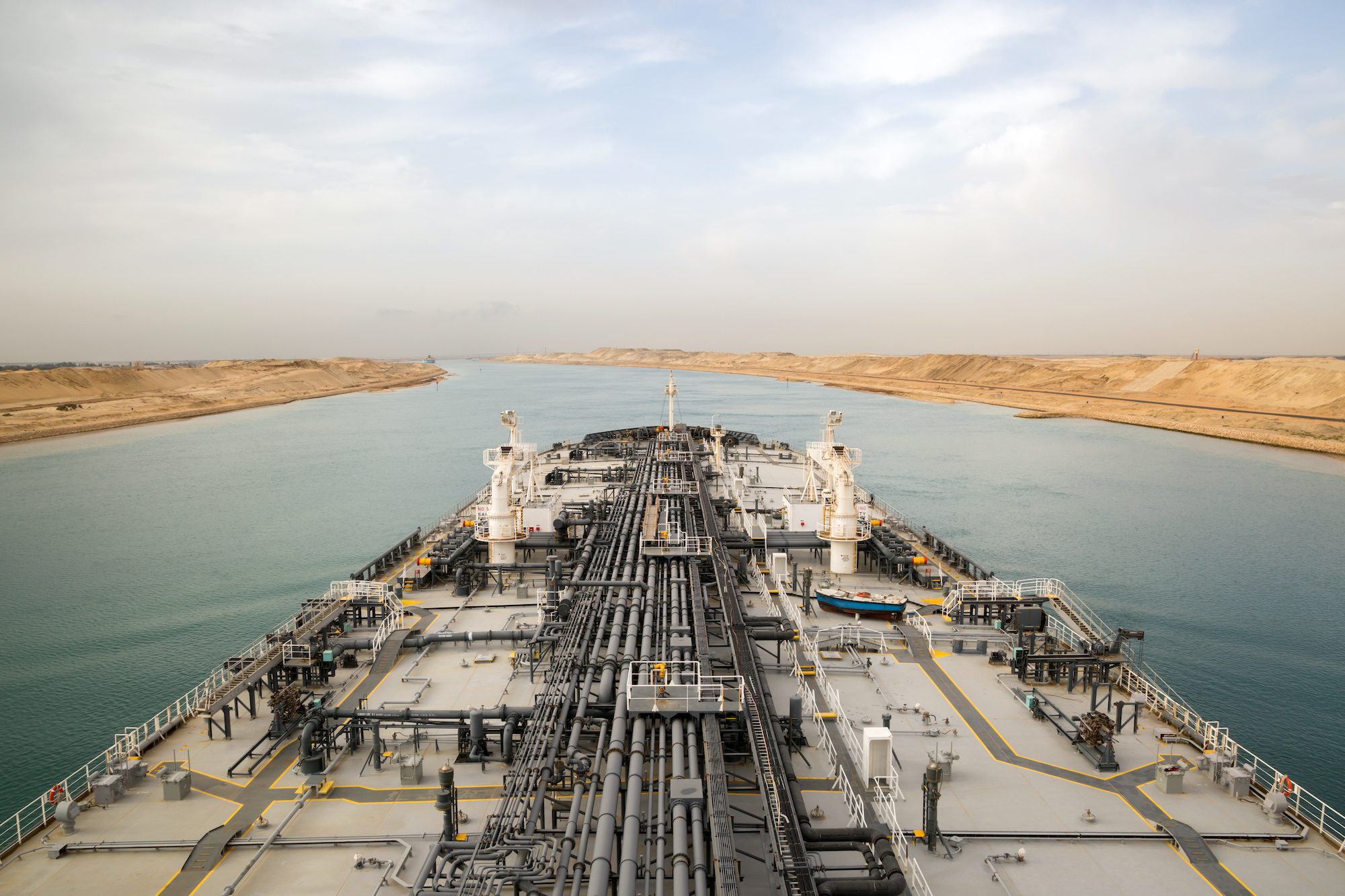At the CMA Shipping 2021’s Day 2 session “Driving Change”, the organization’s President- Chris Aversano (who has a day job at information provider Q88) quoted none other than Machiavelli, who wrote in the “The Prince” (circa 1532): “There is nothing more difficult to take in hand, more perilous to conduct, or more uncertain in its success, than to take the lead in the introduction of a new order of things.”
Never have sessions at the Connecticut Maritime Association (CMA) seen such erudition, but to say that shipping is seeing a new order is an understatement. A central message of the session, driven home by Mr. Aversano’s excellent moderation of the three hour conclave, is that shipping, known for its siloed thinking, can no longer work in a vacuum. In the words of one speaker, Mr. Chris Watson, from KVH Industries (which provides onboard connectivity for vessels), “Not sharing data is no longer an option…” as the industry transitions from Digital Vessel 1.0 to Digital Vessel 2.0
The individual presentations took high level views, with occasional swoops down into the weeds, and then back up to big picture viewpoints. On the Class side, American Bureau of Shipping (ABS) had announced a collaboration where its “My Digital Fleet” offering will be combined with Kongsberg’s “Vessel Insight” capability (capturing all manner of data feeds from individual vessels). Kongsberg data scientist Vivek Barve likened the joint effort to “connecting multiple stakeholders to a single source of truth…”
At Class LR, Kevin Humphreys, President of the society’s Marine and Offshore efforts in the Americas, explained that “We have entered a Decade of Action,” with its newly launched “Maritime Decarbonization Hub” offering actionable intelligence and tangible outcomes to vessel owners engaged in the tortuous navigation toward what he called “A safer and more sustainable world.” He said that the industry would lose capital if it ignores decarbonization, and that the key to emissions reduction would be the delivery of data and analytics to delivering efficiency and innovation.
Besides the sharing and collaborative aspects, standardization of all maritime information looms large. Veson Maritime’s Eric Christopherson talked about bringing order to the vast swaths of unstructured data through its VIP Operations Hub. He explained that customers could then use Application Programming Interfaces (APIs) to build applications for specific purposes on top of the data, with Veson striving to tap an “open sourced” repository of data.
Open source data was also a theme noted by Kongsberg’s Mr. Barve, who highlighted his firm’s Kognifai platform as an “…open digital ecosystem that makes it possible to create applications, share data and integrate with partner and customers alike.”
Veson, well known for its IMOS ship management platform is using its API first approach in pre and post fixture chartering applications; Mr. Christopherson said that, increasingly “emissions” would be the subject of predicting tracking and reporting applications including, for example, a way for charterers to use a “what if” approach to estimating emissions if certain ships chartered. “Emissions are being integrated into all the operational aspects,” he said.
A different aspect of collaboration was voiced by gCaptain’s John Konrad, who, during a Q & A session, lamented the industry’s inability to get together and drive political changes, like hiring a Maritime Administrator, for example.
But back on data- the new paradigm, if there is one, can be explained (my words, not those of the speakers) as “Data pervades everything. All maritime applications will be built on data.” Smarty Matthew John, from ABS, elaborated on creating “Single visibility into what’s happening on the vessel at that time. Make everything happen collectively.” In his talk, he stressed “Decarbonization as a business strategy,” offering a scenario where ship chartering would be driven by better carbon intensity measures-where the most highly rated vessels (think about “A” and “B” or whatever rating scheme comes next) would be at the top of the list, providing a tangible example for shipowners’ “long term value creation by embedding decarbonization into the ESG journey.”
Fertile areas opening up for shipping with Digital Vessel 2.0 (with all manner of devices connected in an Internet of Things), as explained by KVH’s Mr. Watson, including the obvious “Reporting and Monitoring” applications, but also “Remote Intervention” and “Predictive Maintenance”. He talked about an expanding ecosystem of maritime digital services.” He said that successes and numerous applications of landside connectivity, “ubiquity” was the word he used, will give us some clue of what would happen at sea.
Importantly, one accelerant (can’t call it an alternative fuel) for maritime digital adaption is competition. If Company A has some success with an innovation, then Company B will try to go one better, and Company C will attempt to leapfrog over A and B. Probably not much different from market dynamics from back in the days of Machiavelli.

 Join The Club
Join The Club










